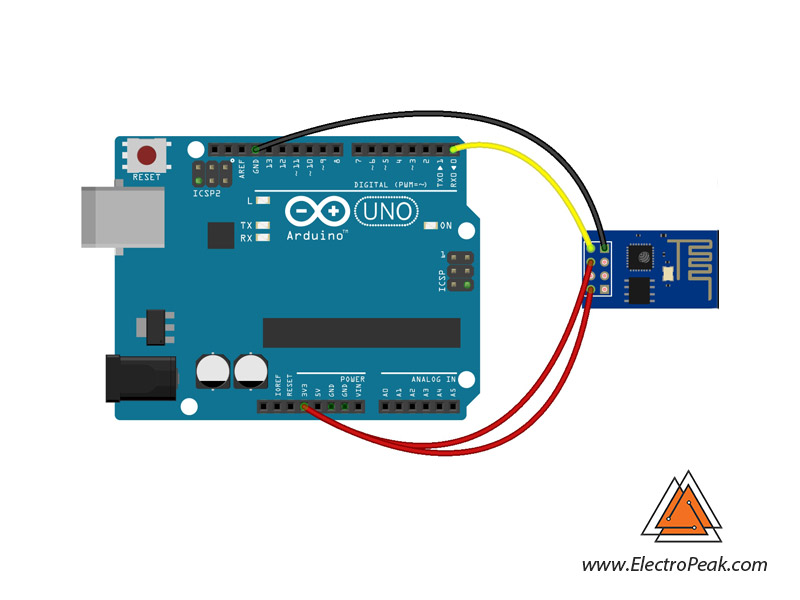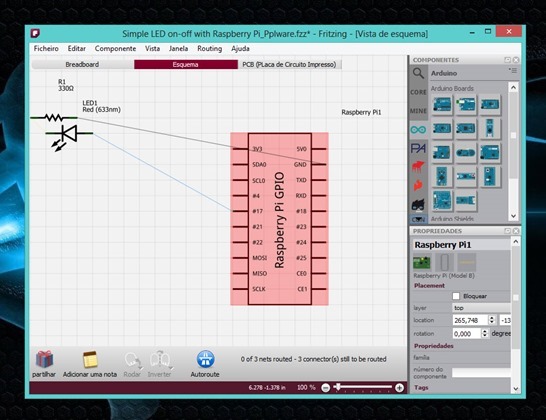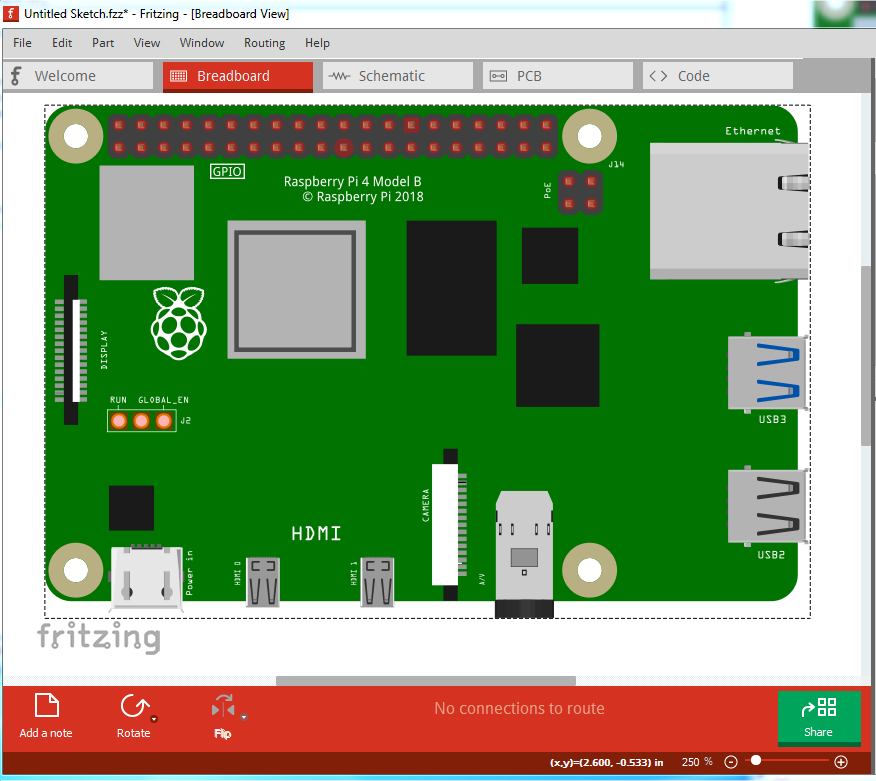


The easiest way to do this is as follows: when the Arduino board is switched off, we look at all available serial terminals (ls /dev/tty*), then we plug the board into the USB port, and after a while, we see the list of terminals again. The first thing to do is to determine which serial port will be responsible for communicating with the Arduino-Controller. However, you may as well use Raspberry Pi 2 and Windows 10.

Now let’s download Raspberry Pi – in my example, I’m using Pidora as the base operating system and the classic model of Raspberry Pi. The same settings should be at the serial port monitor. Note the speed – the program set the speed of 9600 baud. Let’s check the sketch’s performance in the Arduino IDE by opening the serial port monitor – we should see the emerging temperature and pressure values. It is a simple program that reads pressure and temperature values from the sensor and prints them as text into the serial channel (temperature is marked with the symbol T and pressure – P):

It is necessary to fill in the required sketch on the Arduino in advance (before connection) – in our case. After that, the Arduino controller is plugged into the Raspberry Pi USB socket, and the Raspberry Pi itself is then connected in the usual way to the power supply, monitor, etc.Īt such a connection, the communication between the Arduino and Raspberry takes place via the serial port. This is the way we will consider.Īs an example, let’s consider a simple temperature and pressure sensor BMP-180, connected to the Arduino Uno on a standard circuit.


 0 kommentar(er)
0 kommentar(er)
